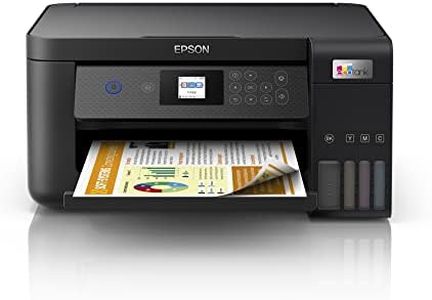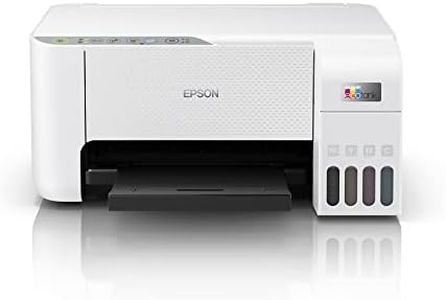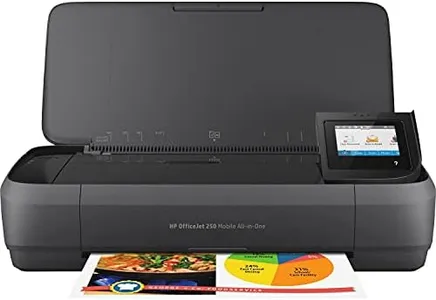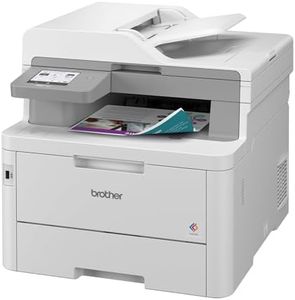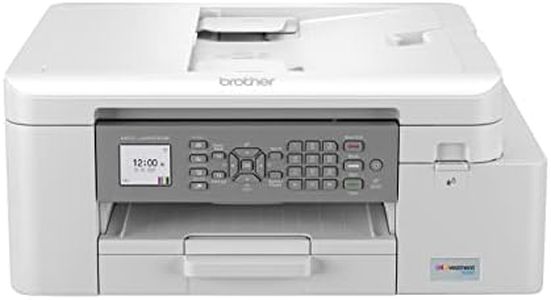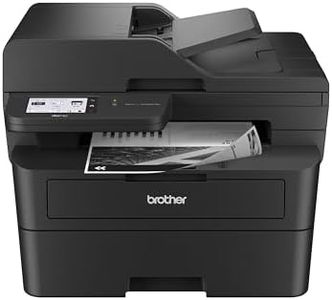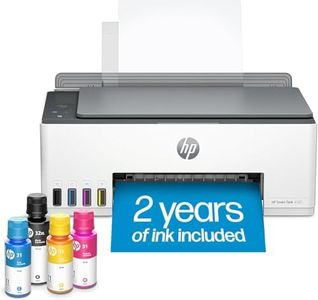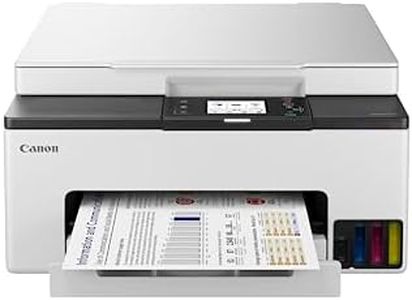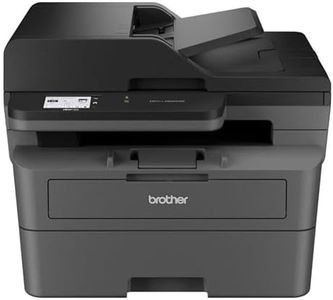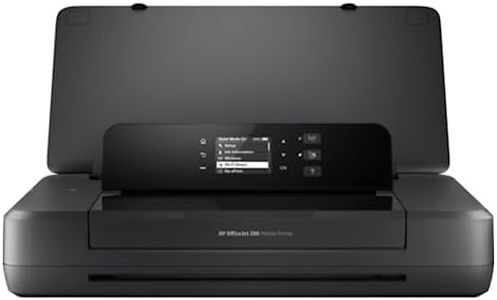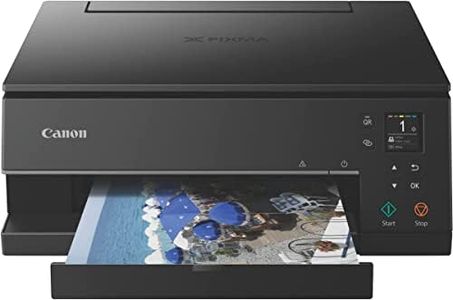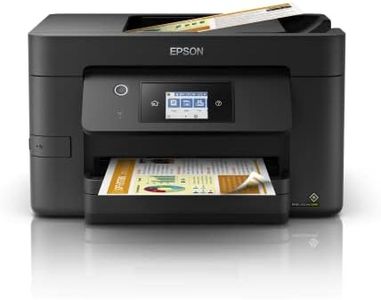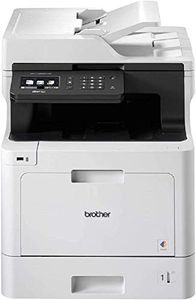We Use CookiesWe use cookies to enhance the security, performance,
functionality and for analytical and promotional activities. By continuing to browse this site you
are agreeing to our privacy policy
10 Best Printer Scanners
From leading brands and best sellers available on the web.Buying Guide for the Best Printer Scanners
Choosing the best printer-scanner for your needs involves understanding how you'll use it most. Some people mainly need to print documents, while others might want to regularly scan photos or digitize paperwork. Think about how often you'll use the device, the types of materials you'll be working with, and if you need extra features like wireless printing or double-sided scanning. By focusing on the most important features for your daily tasks, you'll be able to find a printer-scanner that won't disappoint.Print TechnologyPrint technology refers to how the device makes your prints. The two main types are inkjet and laser. Inkjet printers are good for photos and color-heavy documents, while laser printers are generally better for sharp text and high-volume black-and-white printing. Choose inkjet if you want vibrant colors and plan to print photos, but go for laser if you mainly need lots of text documents quickly and efficiently.
Print and Scan ResolutionResolution is about how sharp and detailed your prints and scanned images will be. It’s measured in DPI (dots per inch), with higher numbers meaning more detail. For most basic documents, standard resolution is enough. If you plan to scan photos or print detailed images, look for devices offering higher resolution. If you mostly scan or print text, moderate resolution will usually suffice and keep operation faster.
Speed (Pages Per Minute)Speed tells you how many pages the device can print or scan in a minute, usually listed as PPM (pages per minute). Fast speeds are useful if you will print or scan a lot at once, like for student assignments or office paperwork. If you only print or scan occasionally, lower speeds shouldn’t be an issue. Consider your patience and volume of work when thinking about this.
Connectivity OptionsConnectivity means how you can connect your devices to the printer-scanner. USB is basic and works for direct connection to one computer. Wireless features like Wi-Fi or Bluetooth allow printing/scanning from phones, tablets, or multiple computers, which is great for flexibility and convenience. Choose wireless if you want to print from various devices or share with family or coworkers, otherwise, a basic USB connection may be enough.
Automatic Document Feeder (ADF)An Automatic Document Feeder lets you load a stack of pages to scan or copy all at once, instead of placing each page on the scanner glass manually. This is a must-have if you regularly scan or copy multi-page documents, saving time and effort. If you mostly work with single sheets or photos, a regular flatbed scanner is likely all you need.
Duplex Printing and ScanningDuplex ability means the device can print or scan both sides of a page automatically. This feature is important if you want to save paper or often work with two-sided documents. It also saves time for double-sided jobs. If you mostly use single-sided printing/scanning, it’s less critical, but can still be a useful convenience.
Ink/Toner System and ReplacementThe ink or toner system refers to how the printer supplies color and what’s involved in replacing it. Some use separate cartridges for each color, while others have combined cartridges. Regular printing means you’ll replace these more often. Think about how easy and affordable it is to find replacements, and whether you want to deal with changing multiple cartridges. If you don’t print often, this is less important, but for frequent users, cost and convenience matter.
Size and FootprintSize and footprint describe how much physical space the device takes up. If your space is limited, look for a compact design. Larger devices may offer more features, but check measurements to be sure it fits your desk or shelf. If you move your printer-scanner around or work in a small area, prioritizing a smaller, lighter model makes sense.
